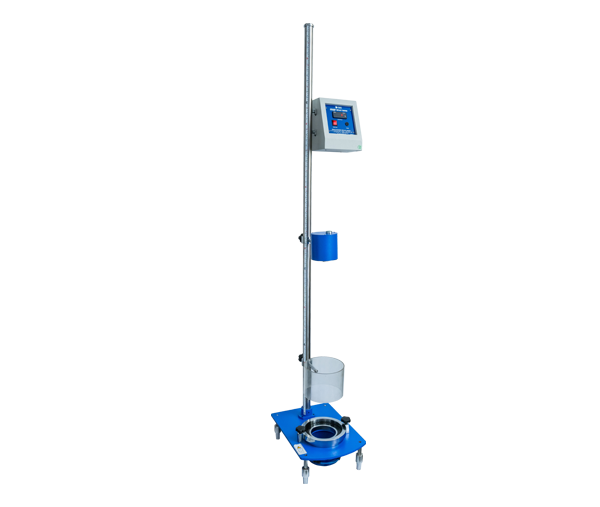Introduction
Ensuring the durability and reliability of materials is crucial, especially in industries where product performance and safety are paramount. One critical aspect of material testing is the assessment of impact resistance, which measures a material's ability to withstand sudden, high-force impacts without undergoing permanent deformation or failure. This blog will explore the various types of impact resistance testers, their applications, and the importance of this testing in ensuring the quality and performance of materials.
Types of Impact Resistance Testers:
- Charpy and Izod Impact Tests: These traditional methods involve striking a notched or V-notch specimen with a pendulum hammer and measuring the energy absorbed during fracture. The Charpy and Izod tests are widely used to evaluate the notch toughness of materials.
- Falling Weight Test and Gardner Impact Test: These tests involve dropping a specified weight or impactor onto a coated panel and observing the extent of damage. These methods are often used to assess the impact resistance of paints, coatings, and thin film materials.
- Tubular Impact Tester: This tester is designed to determine the paint film resistance to impact according to national standards.
The Importance of Impact Resistance Testing:
Impact resistance testing plays a crucial role in quality control and material selection across various industries, including:
- Automotive: Evaluating the impact resistance of materials used in vehicle components, such as bumpers, dashboards, and door panels, is essential for ensuring passenger safety.
- Packaging: Assessing the impact resistance of packaging materials helps manufacturers ensure the protection of their products during transportation and handling.
- Construction: Understanding the impact resistance of building materials, such as windows, doors, and roofing components, is vital for ensuring the structural integrity and safety of structures.
- Consumer Electronics: Evaluating the impact resistance of casings, housings, and other components in consumer electronics helps manufacturers improve product durability and reduce the risk of damage during use.
Conclusion:
Impact resistance testing is a critical tool in the arsenal of material evaluation and quality control. By understanding the impact resistance of materials, manufacturers can make informed decisions about material selection, optimise product design, and ensure the long-term performance and safety of their products. As technology and industry demands continue to evolve, the importance of impact resistance testing will only grow, making it a vital component of any comprehensive material testing strategy.





Comments